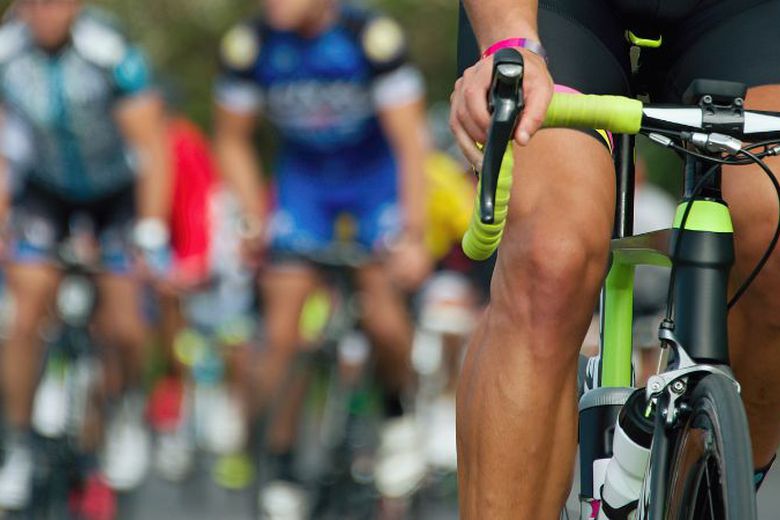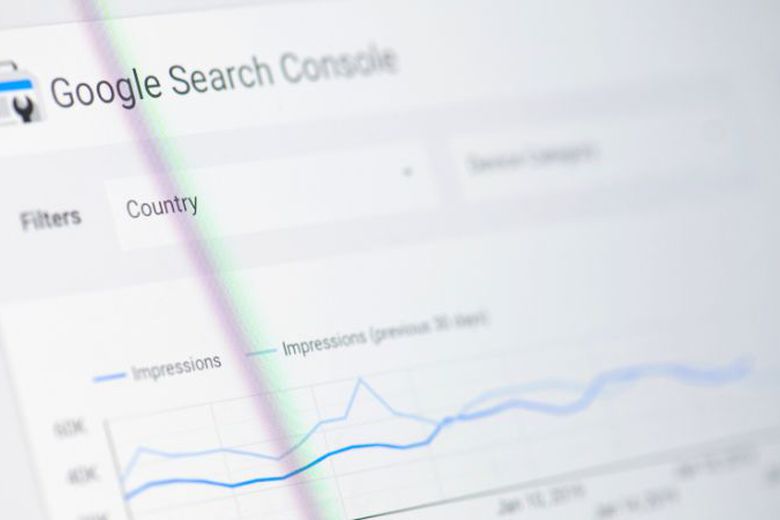
Alex McGibbon17/08/22
5 min read

It can be tempting to draw up plans and create content with the hope of ‘going viral’ and getting your charity seen by thousands of people who’ve never even heard of you - but is that really a sensible approach?
The Ice Bucket Challenge is often still highlighted as an example of how ‘viral’ content can raise the profile of charities - but that swept across the UK eight years ago, showing just how unlikely it is for campaigns to reach such dizzy heights.
Rather than attempt to ‘go big’ in one hit, adopting the notion of incremental gains is a more practical approach and one which has been proven to result in success.
This idea was brought to the nation’s attention through Dave Brailsford’s involvement with the British cycling team.

The principle is that if you break down every single area of riding a bike and improve it by 1% the overall increase achieved will be significant.
Under Brailsford’s leadership, Great Britain topped the cycling medal table at the 2008 and 2012 Olympic Games and British riders won 59 world championships.
The ‘1% Factor’ was soon spoken about across the globe and went well beyond sport. It is now used in business and is often cited in the ‘optimisation’ of marketing, and particularly digital marketing activity.
Firstly, what are we aiming to achieve? Raising profile is all about generating increased awareness so it’s important to keep that in mind when considering the metrics you are using to judge performance.
Being clear on these will then allow you to apply the 1% principle. Let’s break down some key areas.
One of the most practical ways of measuring awareness as it tells you the number of people visiting your charity’s prime real estate on the web.
If you are attracting 10,000 visitors to your site in a given period, how can you increase that by 1% i.e. 100 visitors? Your big campaigns are likely to drive an increase but what can you do outside of those?
You could ensure that:
None of these will drive huge increases themselves but making a number of small improvements is the essence of the 1% philosophy.
Analysing the volume of online searches for your charity is an under-used method of measuring awareness. To do this, you’ll need to ensure you are analysing ‘brand’ searches i.e. where a web user has typed in the name of your charity.
The more well-known a charity becomes, the more it is going to be searched for, and you can use Google Search Console to help track this metric. It’s unlikely to be 100% accurate but it will give you an indication of increases or decreases in the number of searches being conducted.
To do this, you’ll need to have Google Search Console set-up for your website and then go to the ‘Performance’ section. Hit ‘+NEW’ to add a query filter and select ‘Queries containing’. In the keyword field, add the term you want to analyse e.g. ‘Unicef’.
You’ll then get to see how often this keyword is searched for. The reason it won’t be 100% accurate is that this method won’t pick up any mis-spells or variations so you could run more reports to catch those depending on how deep you want to go.

In order to increase the number of brand searches being conducted, you might want to consider:
Any number of offline opportunities to get your name mentioned.
Creating accounts on Facebook, Twitter and more has become a given for charities wanting to raise their profile and make people aware of their cause.

In order to increase engagement you might want to;
• Increase the number of posts you’re publishing over a given period
• Test to see the type of content which is performing the best
• Be to-the-point with some of your messaging e.g. ‘Please share to spread the word’
• Encourage followers to share their own experiences
• Create content which will likely provoke an emotion.
Again, the 1% rule can be applied and the most simple way of doing this is to measure the number of followers you have on each of your accounts.
The issue with that, though, is follower numbers very rarely decrease as social media followers don’t tend to unfollow accounts. It is more likely that they just don’t engage with them.
With that in mind, you might want to apply the rule to the engagement levels on your content as this will tell you the number of users actively sharing, liking and commenting on what you’re producing.
This is a better indication of how the awareness of your charity is performing.
Applying the incremental gains approach across your regular promotional activity can sit neatly alongside your major campaigns.
Striving for large gains in a short period of time can be stressful and often demoralising when you struggle to hit overly ambitious targets.
Making small improvements across a range of awareness-generating activities not only has a much higher chance of succeeding but will also lead to a happier team and build solid foundations for the long-term.